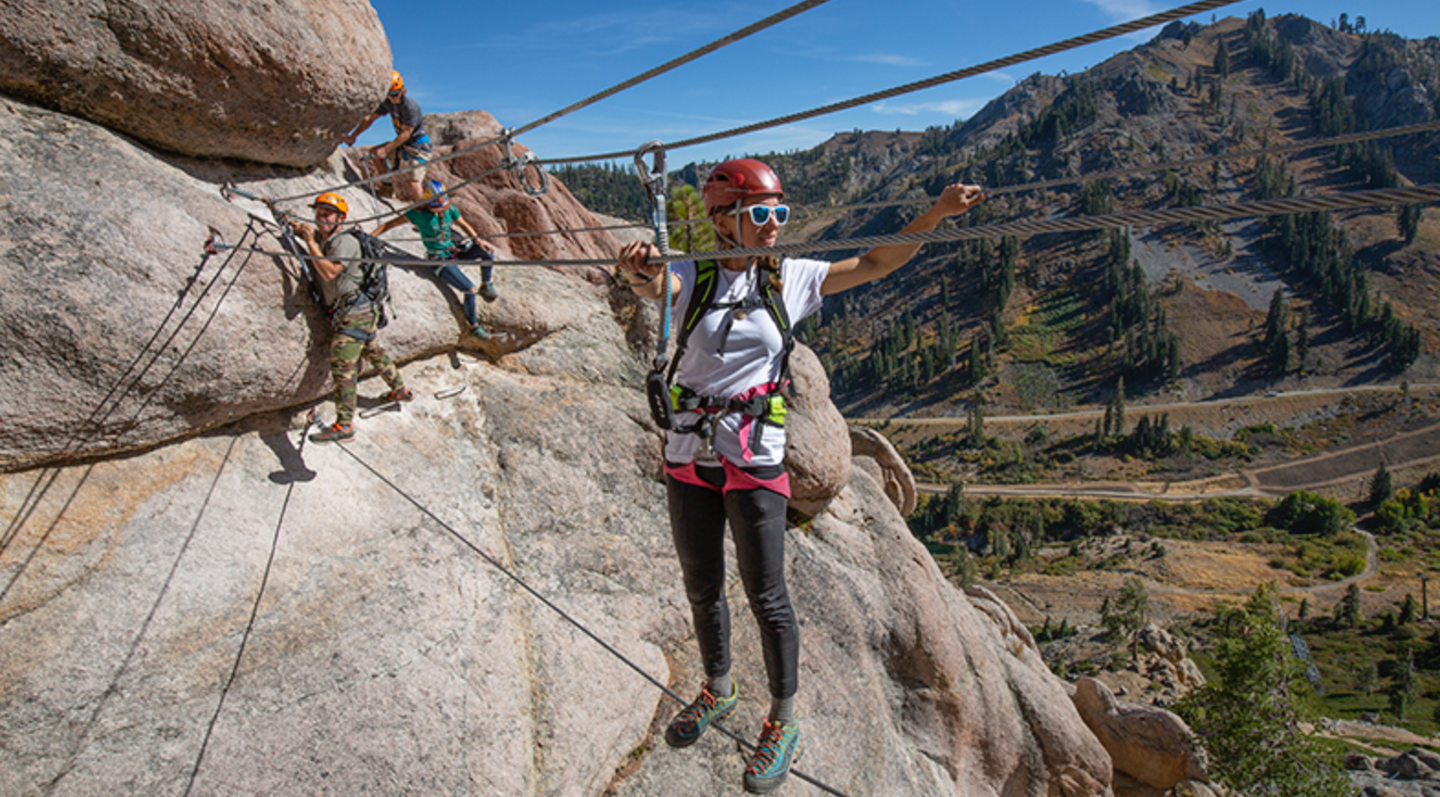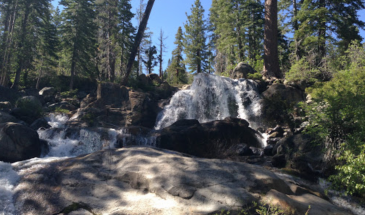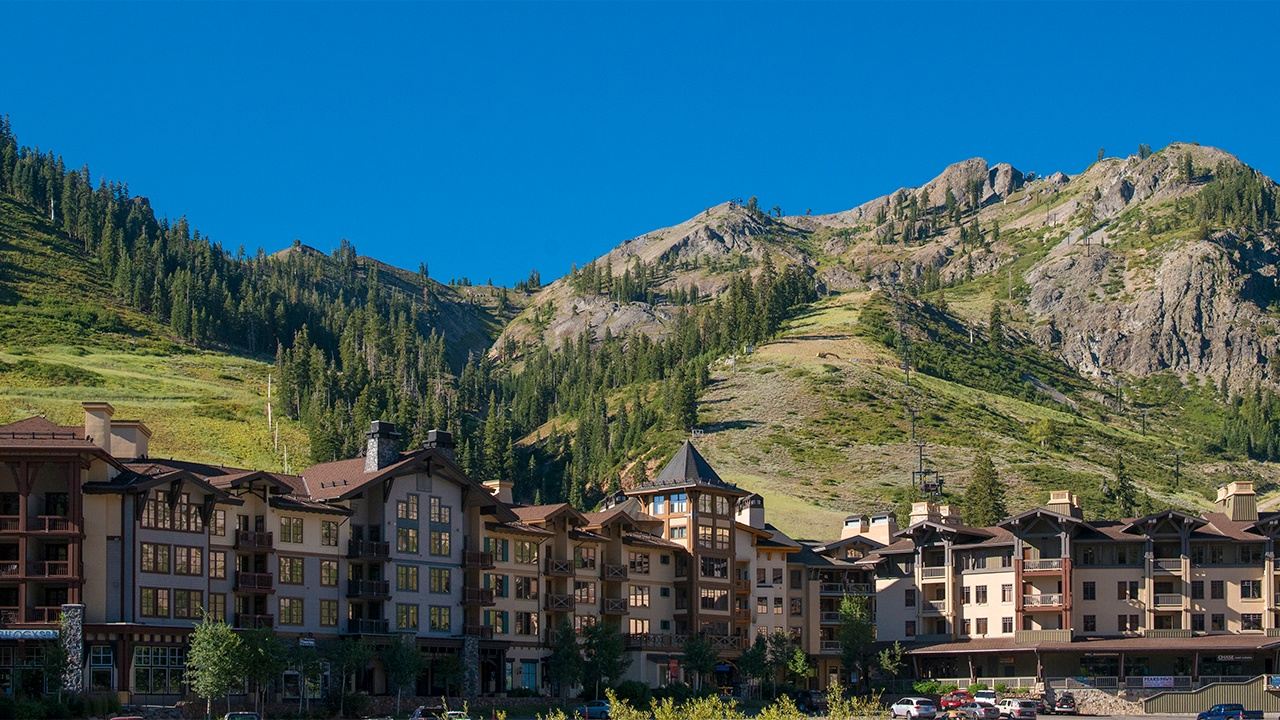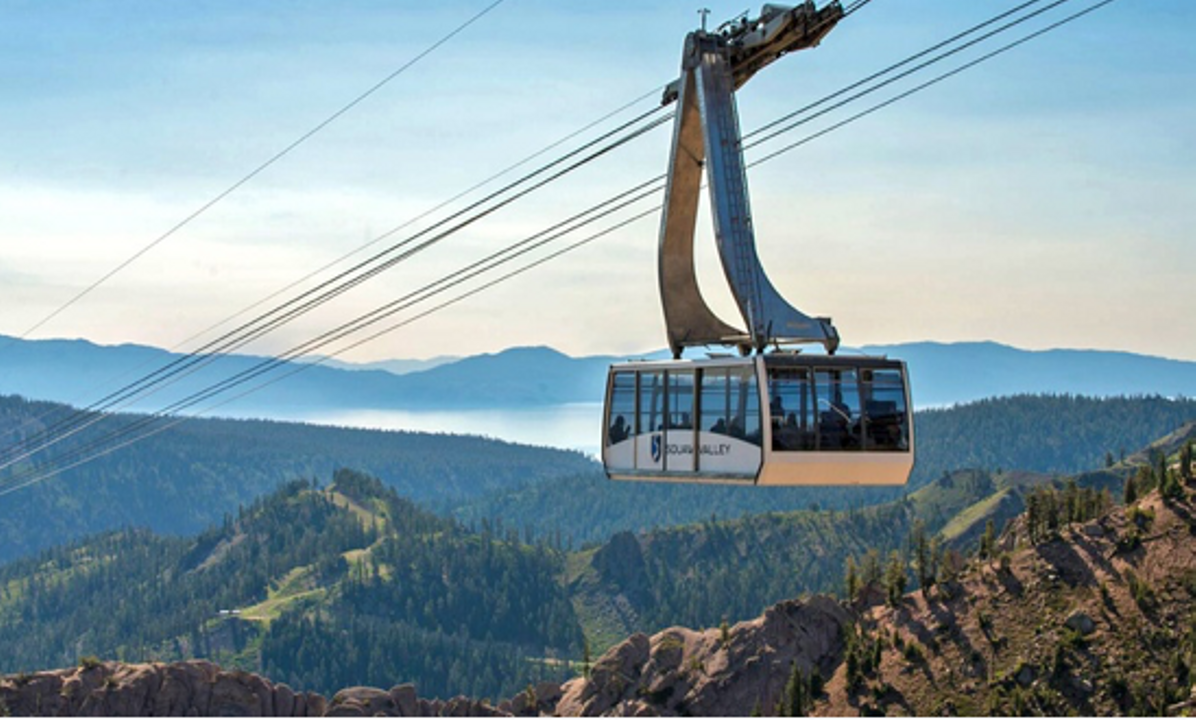- Overview
- Trip Outline
- Trip Includes
- Gallery
- Questions / Answers
Itineraries
Day 1
Date : September 9, 2021
Time : 12:00 am
Wednesday Registration - Coaches Welcome & Ice Breaker Activity
4:30pm - 8:00pm : Registration, Coaches Welcome and Ice Breaker Activity
Day 2
Date : May 1, 2021
Thursday - Adventure Activity
8:00am - 3:00 pm : Adventure Activity (Optional - Add On:
- Option #1 - Kayaking Tour on Lake.
- Option #2 -
3:00pm - 6:30pm Free time (dinner on own)6:30pm - 8:30pm Guest Speaker
Day 3
Date : May 2, 2021
Friday - Hiking
- 7:30am - 2:00pm : Hike Trail (Trail Head TBD). Beginners/Intermediate/Advanced hikers welcome.
- 2:00pm - 5:30pm Free Time
- 5:30pm - 8:00pm Coaches Talk, TRE (Trauma Releasing Exercise) and Dinner (Provided by My1Fitlife - included in Registration)
- 8:00pm - 10:00pm Fire Pit (Depending on Weather)
Day 4
Date : May 3, 2021
Saturday
- Itinerary TBD
Sunday
Departure Day
Sadly we say our goodbyes on this day!
What’s included
Registration IncludesAccess to ALL My1FitLife Coaches & Guest Speakers Talks/Seminars/Breakout sessions, 1 Adventure Activity (either kayaking or rock climbing), Saturday Hike, Saturday Dinner.
Not Included PriceRegistration Fee DOES NOT include Hotel Room, Meals (other than Saturday Night Dinner), or Travel Expenses. *Please ensure you receive your Registration Confirmation Email BEFORE you book airfare.For rooming options please click here






Leana Burruss-Swiggers– :
Can I do both adventure activities? I wasn’t sure if you were doing both at the same time or I can do one activity and then hustle over to do the other activity too.
Tiffani– :
one activity is included, however if you can choose to do the other one as well for an additional fee. If you have additional questions please email us at Events@my1fitlife.com. Thank you!
My1fitlife Adventures– :
Of course! One is included and you can choose to purchase the other as an Add On option.